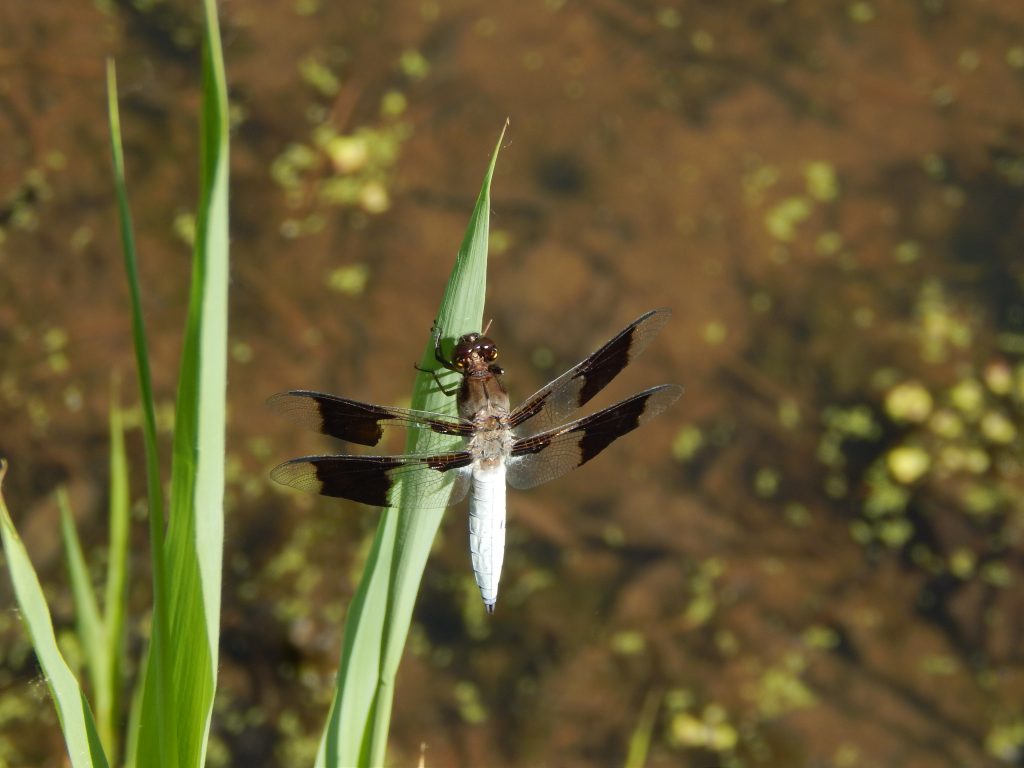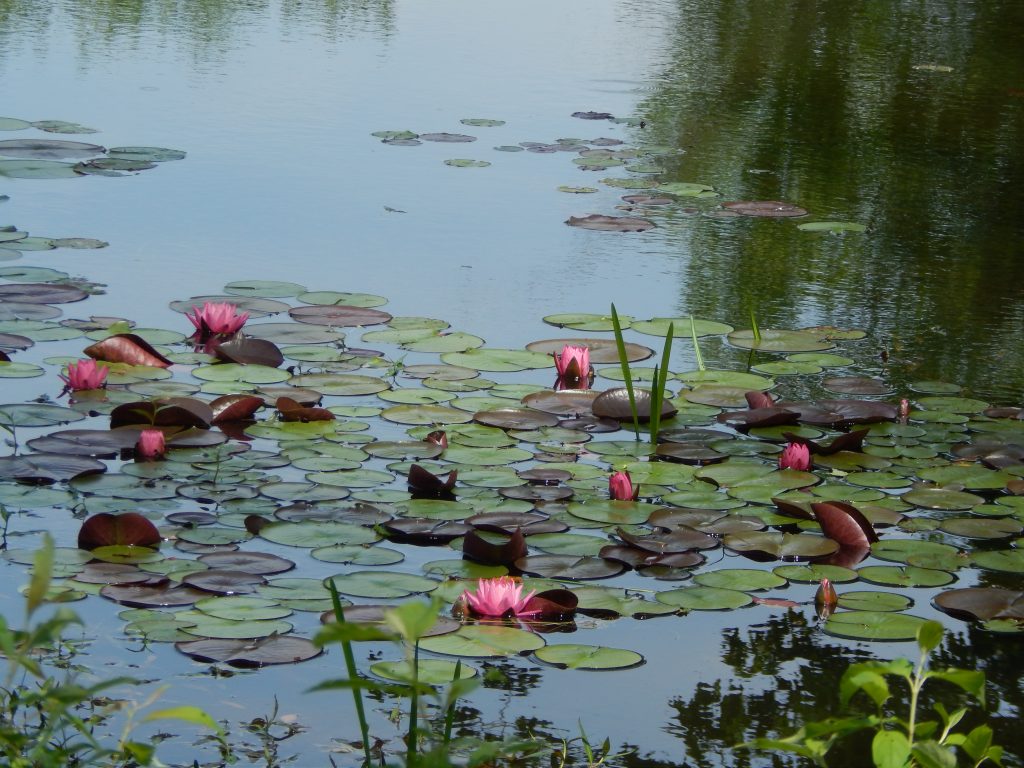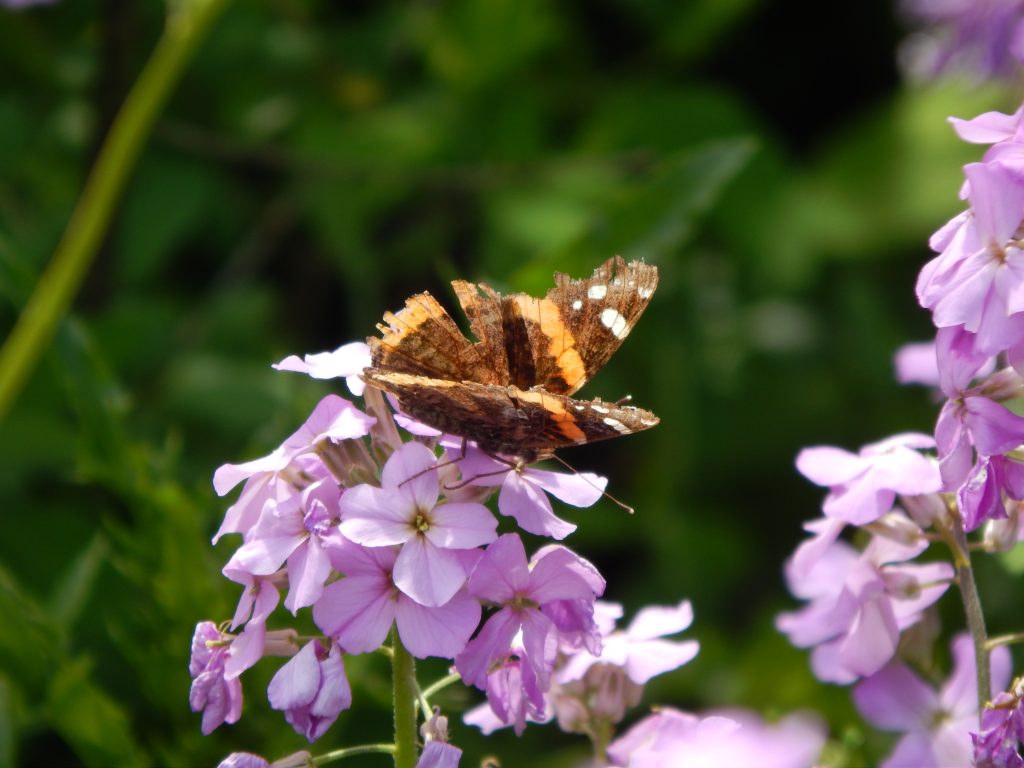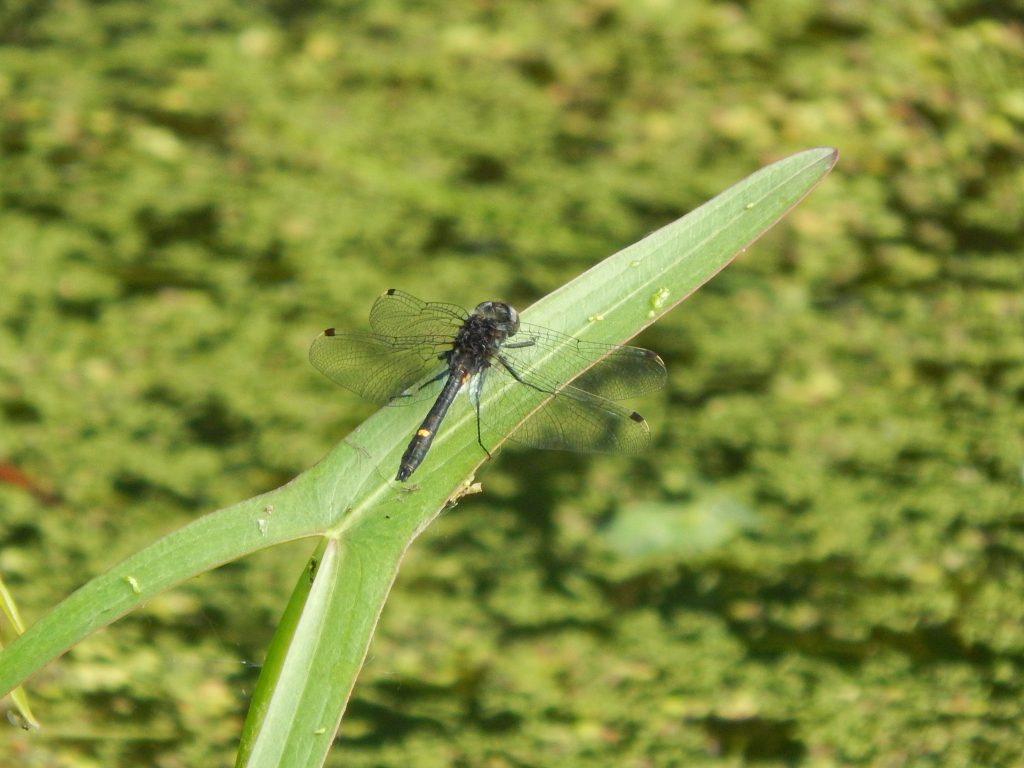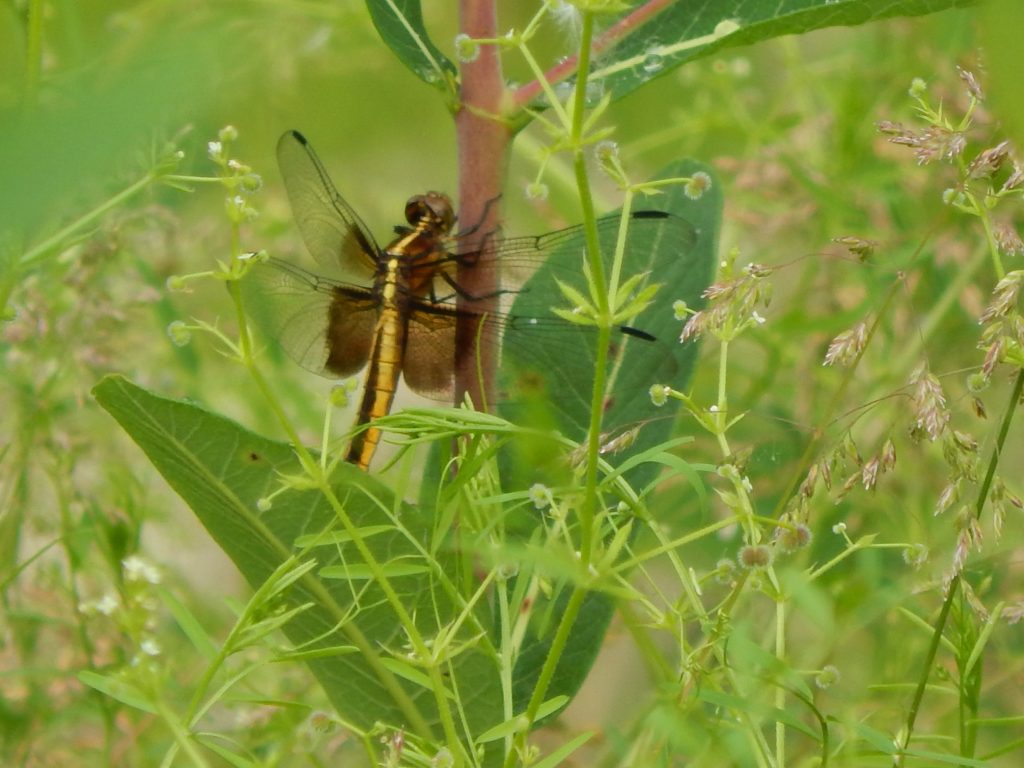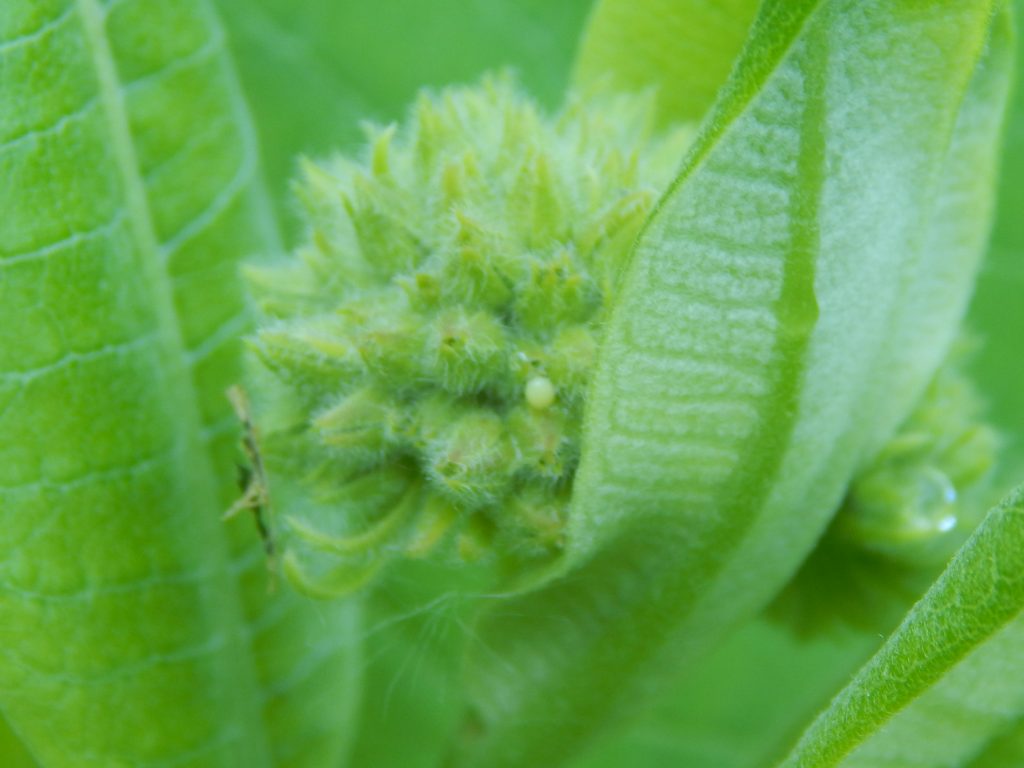Tag Archives: dragonflies
Dragonflies of Western NY during June
Dragonflies are an insect with two pairs of wings and three pairs of legs. Many species have large compound eyes that cover most of their head. They also have very small antenna. These insects are harmless and won’t bite or sting. At rest dragonfly wings are usually off to their sides, while damselflies, a close cousin, holds their wings over their back or abdomen. Dragonflies bodies are stout compared to slender damselflies. Some species like green darner will migrate while others spend most of the year in ponds or streams as nymphs emerging as an adult during summer. Dragonfly nymphs usually emerge from the water while it’s still dark to inflate and dry their wings. They are very vulnerable at this stage, so they come out before birds are active. Each species has unique color patterns and behaviors that help you to identify them. Many male dragonflies will patrol their section of a pond and will actively chase away intruding males. They choose a territory that is ideal egg laying habitat for their mate. Some like areas with emergent vegetation like cattails, others like floating vegetation like water lilies and some prefer submerged vegetation. Hawking is a behavior where the dragonfly perches on a stick or branch and quickly swoops up to grasp an unsuspecting insect for lunch. They usually will return to rest on the same perch to munch on their prey. Dragonflies feed mostly on flying insects, even mosquitoes. Adult dragonflies may fall prey to larger dragonflies, fish, birds, and also frogs. June and July are the best months to enjoy Dragonflies in Western New York.
Created by Mike Adriaansen
Nature Sightings
As summer approaches, cottonwood seeds begin to float through the air. Flowering Dame’s rockets attract many pollinators such as hummingbird clear wing moths, red admiral and tiger swallowtail butterflies. You will also find a variety of bee visitors. Dragonflies are emerging from the ponds and will increase in numbers through July. The vibrant common whitetail cruise along the pond edges coming to rest on a stick protruding from the water. Ash trees, black locust, and wild grape vines are flowering. The “Gunk” calls of green frogs fill the air with an occasional jug o rum call of the bullfrogs. The melodic whistle of the Baltimore oriole is a frequent sound around the trails. Look for their hanging woven nests above the trails. Great blue heron wade through the water lilies (in full bloom), stealthily spearing unsuspecting fish. Sunfish and blue gills hover over their gravel nests fanning it with their fins. Black swallowtail butterflies may be seen laying their eggs on wild carrot leaves. Keep an eye out for snapping turtles laying their eggs in early morning. They will sometimes travel a fair distance to find a suitable place to lay their eggs. With Monarch butterflies returning, look for them to be laying eggs on common milkweed plants.
Nature Sightings
We are just beyond peak dragonfly season at Reinstein Woods. However you may still see as many as 12 different species of dragonflies and damselflies at the preserve. Flattail Lake  is a hotspot for their activity. Some species to look for are eastern amberwings, Halloween pennants, blue dashers, Eastern forktails, and widow skimmers. There are a pair of fawns that visitors have seen very frequently along the trails. There are also several bucks in the preserve with velvet antlers, most with just 4 or 6 points on their rack. Come check out our new honey bee hive in the nature viewing area of our education center. If you enjoy butterflies you may look for silver spotted skippers, red admirals, and great spangled fritillaries visiting flowers around the education center. A few weeks ago you may have noticed monarch butterflies in flight at
is a hotspot for their activity. Some species to look for are eastern amberwings, Halloween pennants, blue dashers, Eastern forktails, and widow skimmers. There are a pair of fawns that visitors have seen very frequently along the trails. There are also several bucks in the preserve with velvet antlers, most with just 4 or 6 points on their rack. Come check out our new honey bee hive in the nature viewing area of our education center. If you enjoy butterflies you may look for silver spotted skippers, red admirals, and great spangled fritillaries visiting flowers around the education center. A few weeks ago you may have noticed monarch butterflies in flight at  Reinstein Woods. Now is a good time to look at common milkweed leaves for monarch caterpillars. You may also find Milkweed beetles nibbling on milkweed leaves. On your next visit, listen for the buzz of cicadas high in the trees. Later in the evening you may also hear grey tree frogs in chorus. You may also see small leopard frogs zig-zagging in the grass as you walk along the ponds. They recently emerged in great numbers from the ponds. Keep your eyes open for hummingbird moths, they will be nectaring flowers shortly.
Reinstein Woods. Now is a good time to look at common milkweed leaves for monarch caterpillars. You may also find Milkweed beetles nibbling on milkweed leaves. On your next visit, listen for the buzz of cicadas high in the trees. Later in the evening you may also hear grey tree frogs in chorus. You may also see small leopard frogs zig-zagging in the grass as you walk along the ponds. They recently emerged in great numbers from the ponds. Keep your eyes open for hummingbird moths, they will be nectaring flowers shortly.

